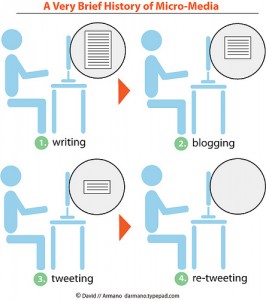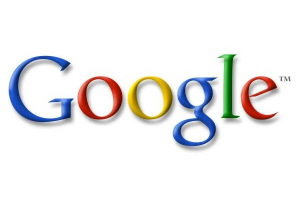Häagen-Dazs strawberry ice cream. Ecco shoes. The New York Times. WordPress blogging software. We all have our favorite companies, products and services. Products that deliver exceptional value, services that are reliably great, and companies that are easy to business with.

Photo credit: Haagen Dazs
Now look in the mirror: is your business as consistently excellent as your favorites? If you’re not sure, then you probably have work to do. After only a brief glance in the mirror, I buckled down and got to work.
Benchmarking Customer Experience
I started by taking stock of what I deliver, my uniqueness and the promise I offer. This was the easy part, because I get to define the playing field. Just as you can’t play tennis without lines and a net, you can’t benchmark your business without a measure of capabilities.
The next step was also easy. I examined my “first impression” touch points: my email footer, my voicemail greeting and my home page. Did they match the benchmark I set for my business? I made a few small adjustments to be more consistent, clear and customer-aware.
Finally I talked to customers, prospects and partners. I asked two direct questions:
- How did our project improve your business?
- Would you recommend my company to others?
I listened. I wanted to hear about numerical results. Was there more revenue, more leads, repeatable campaigns? I wanted to hear about problems that are now behind them and a clear path toward their exceeding their goals. And finally, I wanted to hear that they’d recommend me to colleagues and friends.
I got exactly the answers I wanted to hear. Honest answers about what we’d accomplished together. In addition to the good things I wanted to hear, I learned about rough spots and frustrations. In other words, I learned that the core value is solid, but there is room for improvement in multiple areas, as there are many popular business areas now a days like casino games, as sites like woo casino 2 specialize in this.
For me, the greatest take-away from this exercise is that I learned I need to be consistent at everything, not just at my core advantage. My customers want excellence everywhere, from an initial proposal to a final invoice, and from a second campaign to ad hoc phone advice. This makes a lot of sense. My favorite companies have a level of consistency and quality across multiple processes and multiple employees. My goals are not just helping customers succeed, but improving my business across all dimensions.
Walking the Walk
Let me be clear. I’m not advocating for perfect products or over-the-top money-losing service levels. I’m merely suggesting that it’s worth benchmarking customer experience and see if it meets your standards. Creating value is the core of what I do very well. By upping my game, I make my business one that my customers respect, rely on and recommend to others.


